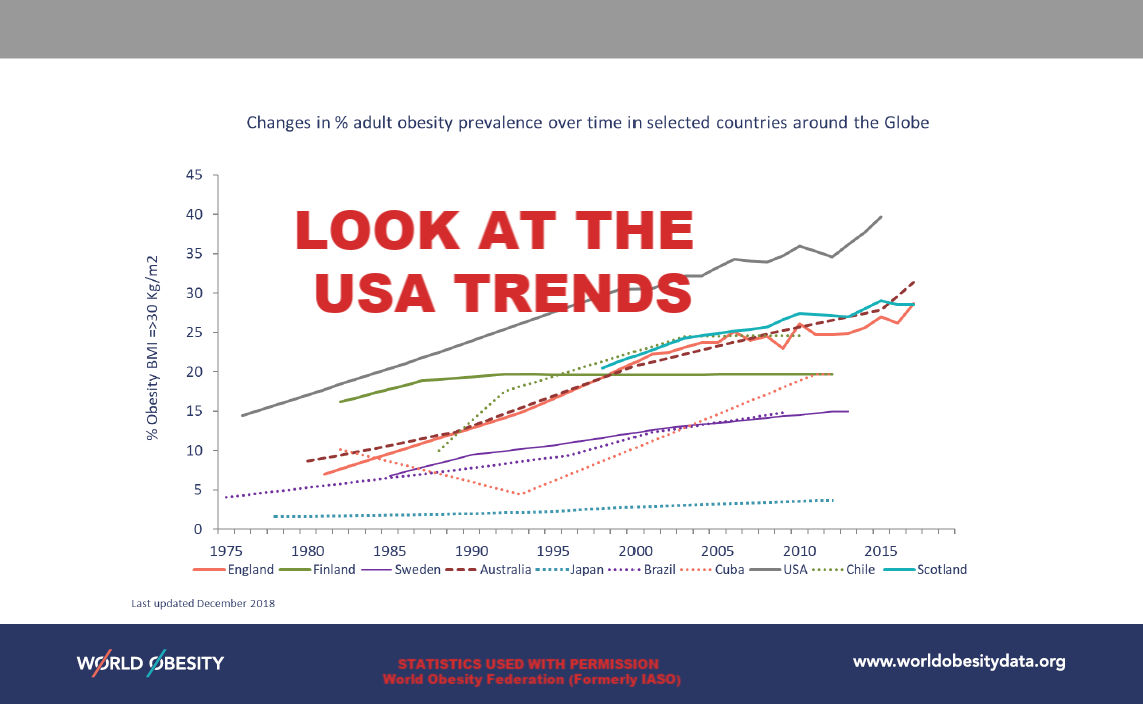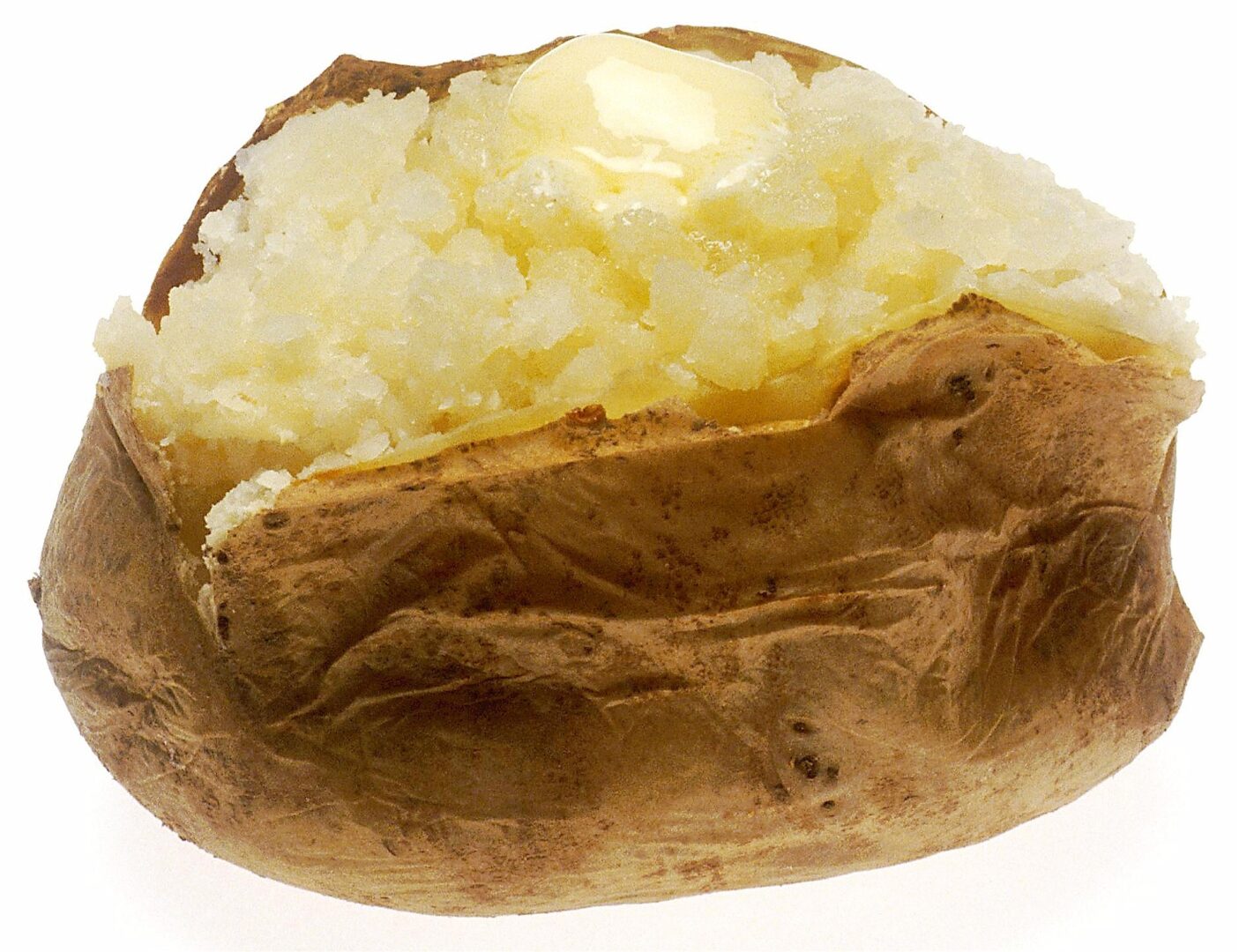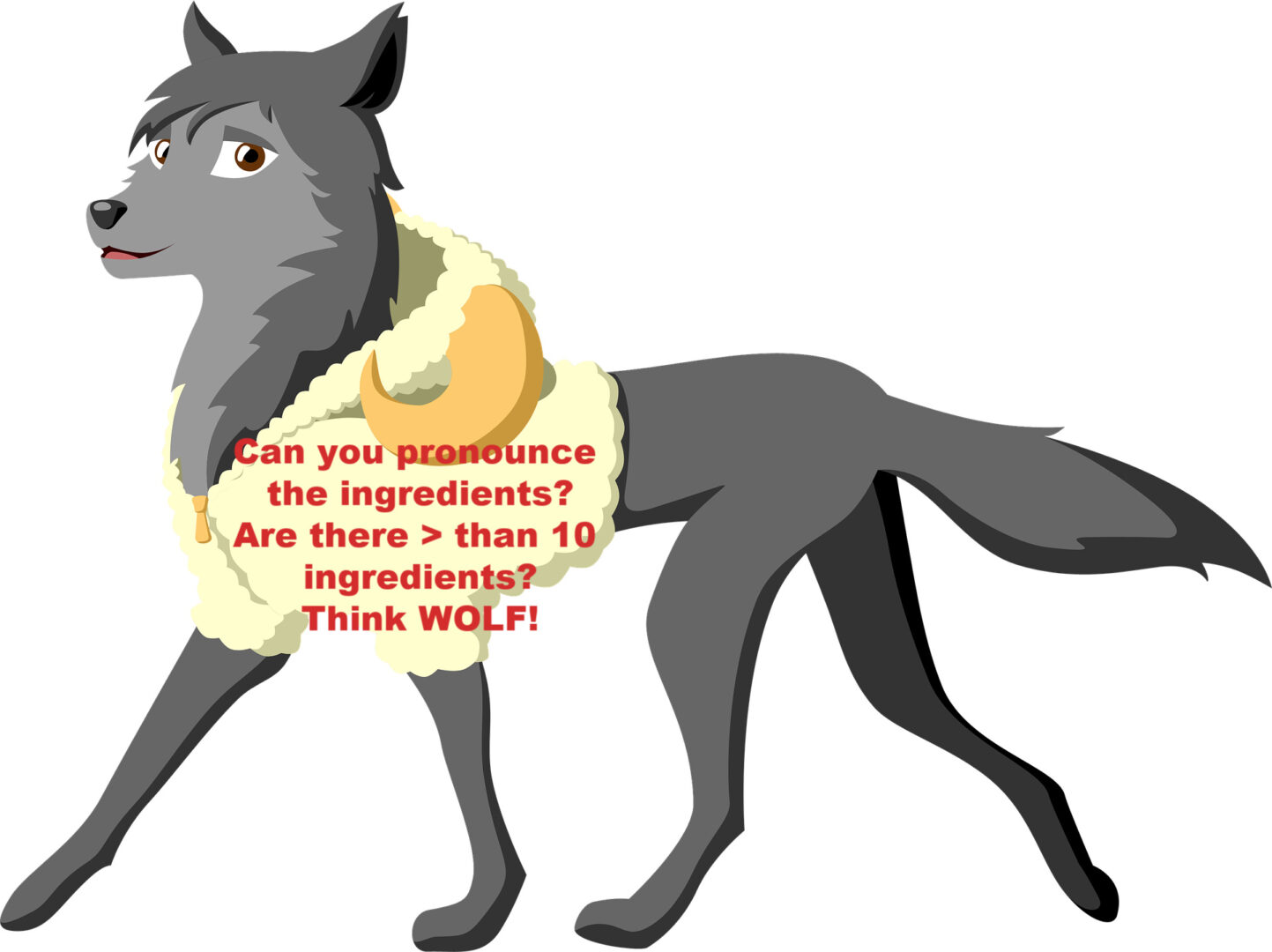Yes, indeed we are growing! If you look at the statistics from the World Obesity Federation, you can tell that we are on a very unhealthy trajectory. If you aren’t concerned, you should be. The leading cause of death in Mexico is due to diabetes. The reason? High carb food, cheap soda

In Part II of this series we talked about metabolism and the role hormones play. We also discussed how glycogen is stored in our liver and what can happen when we take in too many carbohydrates. The end result of a high carbohydrate intake is waist size increases resulting in the possibility of non-alcoholic fatty liver disease (NAFLD). It sounds frightening and it is. What can we do? How do we diet? Should we diet?
WHY DIETS FAIL

Dr. Fung discovered as have we, that most diets will work at the beginning and then they will fail. My husband and I have done many types of diets. I have written before on the Mediterranean Diet, Keto Diet, Weight Watchers, and the Zone Diet, just to name a few. How many of you ever tried the cabbage diet? Oh yes, that was one of my favorites back in the ‘90s. If you did it, you will always remember baked potato day. Yes, diets do work and some more than others. Generally, after several months to a
There are a few reasons. First, remember the concept of body set weight. Our fat thermostat wants to go back to where it has been comfortable, that’s our pre-diet weight. We were successful in getting the weight down, but that thermostat kicks in and our body begins to regain the weight. To be fair, often when we have hit our goal weight, we become a bit more complacent and start enjoying those items we denied ourselves while we were dieting. Yes, it just is not fair.
The Multifactorial Aspect of Obesity
The multifactorial aspect of obesity is a challenge. Calories, carbohydrates, sugar, insulin, and hormones all play a role. Dr. Fung uses a great analogy in his book. You go to your cardiologist for cardiovascular issues and he/she suggests that you modify some of your risk factors. Would you expect your cardiologist to give you a choice,? Would those choices include stop smoking, improve your diet and exercise, pick one? Of course not, he/she would tell you that you need to stop smoking AND exercise AND improve your diet. This is an example of the multifactorial approach. We need to follow this same approach and layer on the options that meet the needs of the individual who is struggling with obesity.
The person who is chronically stressed and doesn’t sleep well may need a different approach than the person who drinks lots of sweetened beverages and has a diet high in carbohydrates. The individual must also be honest about their nutrition, activity level and stress/sleep to begin an optimal approach.
Dr. Fung Suggests the Following
Step 1: Reduce Added Sugars in Your Diet
Sugar stimulates insulin secretion both short and long-term. The fructose in sugar contributes directly to insulin resistance in the liver. Taking in foods that contain high fructose corn syrup and sucrose are exceptionally fattening. How do you know what is bad?

Read the labels! The wolf in sheep’s clothing can contain sucrose, glucose, fructose, maltose, dextrose, molasses, hydrolyzed starch, high fructose corn syrup. These culprits can be BBQ sauces, ketchup, spaghetti sauce, salad dressing and more. Rule of thumb, if it comes in a package, has more than ten ingredients and has ingredients that you cannot pronounce, it is probably the wolf!
Skip dessert
If you have to have a little something, try a very small portion of seasonal fruit, a small piece of dark chocolate with more than 70% cacao, a few nuts, or small amount of cheese – just a very tiny amount to satisfy your craving for dessert.
Skip snacks
Continual snacking or eating little meals will continually stimulate insulin production. Let’s be honest, do you really snack on celery? How about trying a cup of tea instead?
Breakfast, the most controversial meal of the day
Dr. Fung considers breakfast just a meal, not the big deal we often make. Compared the French petit déjeuner with our American breakfast. You know, eggs, bacon, toast, jam, butter, etc.
Our American breakfast
Beverages: No added sugar please
This includes soda, sweetened teas, fruit juices, energy drinks, trendy alcoholic, etc. The alcohol in red wine does not appear to raise insulin levels, therefore a bit in moderation. Plain or sparkling water with a slice of lemon may be your best option. Coffee and tea are generally fine as long as you don’t put sugar or creamers with sugar in it.
Bone Broth
Homemade bone broth provides amino acids and minerals. Prepacked commercially available broth relies on artificial flavors and often lack the nutrients you want. So visit your friendly butcher and make it yourself.
Step 2: Reduce your consumption of refined grains
Refined grains stimulate insulin much more than many other foods. Reducing white flour that has no nutrients can greatly impact your weigh loss. Whole grains are a bit better, but it is still highly processed and can increase insulin. Bran will help protect against insulin spikes.
Vegetables containing carbohydrates are good! They include dark leafy vegetables, bell peppers, carrots, asparagus, and tomatoes. Also, quinoa is high in fiber, protein and vitamins.
Step 3: Moderate Protein Consumption
Dr. Fung recommends that 20-30% of your total calories should be protein. A serving size of protein is generally the size of your fist. I have yet to see a fist that is the same size as a super-sized steak. Those big tasty steaks are usually pretty fatty as well.
Step 4: Increase Your Consumption of Natural Fat
Natural fats are foods like olive oil. Olive oil is a key component in the Mediterranean Diet. Olive oil is high in oleic acid, which is a monosaturated or good fat. The health benefits of olive oil have long been recognized. Olive oil contains antioxidants and has anti-inflammatory properties. Don’t forget to store your olive oil correctly in a dark container and dark pantry. Nuts, which people thought were too fatty and bad when dieting, are actually good to eat. They contain fiber and are low in carbohydrates. Walnuts are high in omega 3 fatty acids. Avocados are another good source of natural fat. They are high in oleic acid and low in carbohydrates and contain fiber.
Step 5: Increase Consumption of Protective Factors
These include vinegar (a good olive oil and vinegar dressing on your salad perhaps) and fiber that is derived from natural foods (fruits, vegetables, nuts, etc.).
When you eat, cook natural foods, eat in moderation, and avoid packaged foods. If you follow the current diets trends you will see many of these characteristics in most of them.
When to Eat
This is the last component necessary for long term weight loss. We look at what we eat (the foods) and now when we eat. To review, high insulin levels will maintain our high body set weight. Our set weight thermostat will make us hungry and force our brain to tell us that we must eat. The only way to reset the thermostat is to break the insulin resistance cycle. One might think – give insulin! Unfortunately, giving more insulin will increase insulin levels and create more resistance. Getting our bodies into a temporary state of low insulin levels is accomplished by fasting.
The idea behind fasting is that it breaks the insulin resistance and in turn will help us reset our body set weight thermostat and loss weight. How long should we fast? What is too much or too little?
Fasting is gaining popularity for sports performance, weight lost and longevity. People tend to think fasting is equated to starving yourself. It’s important to change your mindset about fasting. Starvation is involuntary and people who are starving don’t know when they will eat next. Whereas, fasting is voluntary. Fasting is and has been practiced in many religions for hundreds of years.
How Does the Body React to Fasting
Glucose and fat are the body’s main source of energy. If we don’t have glucose available, the body will use fat for energy. When we fast there is that switch from burning glucose to burning fat. Here’s what a several day fast would look like.
- Feeding – when we eat, insulin levels rise allowing glucose to go into the tissues. The excess glucose is stored as glycogen in the liver.
- Post – absorptive phase (six to twenty-four hours after fasting starts). Insulin levels begin to fall and glycogen breaks down to release glucose for energy.
- Gluconeogenesis (24-48 hrs into the fast). The liver will begin to manufacture new glucose. The body’s glucose level will fall slightly but will remain in the normal range (NOTE: this is in non-diabetic patients).
- Ketosis (1 – 3 days after fasting starts). Fat and Triglycerides are broken down to add to gluconeogenesis.
- Protein conservation phase (after 5 days). The energy for maintenance of basal metabolism is met by the use of free fatty acids and ketones. There is an increased level of norepinephrine that prevents the decrease in the metabolic rate.
The body does not burn muscle until all the fat stores are used. You will not lose muscle.
The changes listed above do NOT occur in a low-calorie diet, which means that cutting back calories will not have the same effect as fasting.
Hormones and Fasting
Insulin is reduced with fasting. This effect occurs in as short as 24-36 hrs of fasting.
When you follow a regular calorie restrictive diet, insulin is still secreted, but there is no effect on insulin resistance. Yes, you will lose weight, but insulin resistance will keep your body set weight high and your insulin levels high – you will then gain the weight back.
Lowering insulin levels rids the body of the extra salt and water. That’s why you may often see an early rapid weight loss. It’s more the phenomena of losing water weight.
Growth hormone levels will be increased. This helps maintain muscle and bone tissue mass.
Adrenalin
At the 24 hr timeframe, fasting will increase adrenalin levels and “rev up” the body’s metabolism.
Electrolytes
There is not much change in electrolytes (sodium, potassium, calcium) during a fast, even very long fasts. People may be fearful that they will lose salt, potassium or other necessary electrolytes, but your body is smart and will keep what you need.
The one key aspect of intermittent fasting is that it is intermittent. Reduced calorie diets are generally consistent or NOT intermittent. Your body will adapt to that consistency. If you instead, take your body out of that consistent, timely feeding, you will see better results.
There are many different types and ways of fasting 24 hr., 36 hr., or more. Hopefully, if you are obese and continue to struggle with your weight – this may be something to consider. It is not for everyone, but remember – people have been doing this for years with no problems. Think about how people ate a generation ago. People had light breakfasts and there was no Starbucks on every street corner. They did not snack during the day. Lunch, unless you were like the characters in the TV show Mad Men and had several martini’s at lunch, was relatively light. Dinners were mostly at home and fairly light and early dinner. Eating out was a luxury and for special occasions. There was probably a good 12+ hour fast between dinner and breakfast (break- fast). Think about how our diets have changed over a short period of time and not for the good. No wonder we are growing.
References:
Jason Fung, The Obesity Code: Unlocking The Secrets of Weight Loss, Greystone Books, Ltd. 2016. This was the primary source for the series and based very heavily on the Obesity Code. The intent was to try and put the information in a brief and understandable format. Please refer to the book for more specific information.
Dr. Valter Longo’s fast mimicking diet information
https://prolonfmd.com/fasting-mimicking-diet/
How to convert grams of sugar to teaspoons (quick calculation 4 gms = 1 tsp)
https://www.canr.msu.edu/news/how_to_convert_grams_of_sugars_into_teaspoons
Do’s and Don’ts of Fasting
